Did you know that Mold comes in many different colors? The color doesn't matter, what matters is if it there is mold growth and if you stopped the water filtration.
Apr 24, 2018 3:02:00 PM / by Tiffany Byrne posted in mold, mold remediation, Mold Testing
Did you know that Mold comes in many different colors? The color doesn't matter, what matters is if it there is mold growth and if you stopped the water filtration.
At Curren, some of the most common questions are regarding the color of mold. For example:
The most popular used term for describing mold is Black Mold. Technically, there is no mold that is named black mold, many sources attribute the term black mold to the media. In reality there are many different types and colors of mold. Some types of Mold can be harmful (regardless if the mold is black) and can cause health issues.
Molds come in many different colors and can mean many different things. As you can see below, mold may be black, grey, orange, green, brown and even white. Many molds may not be harmful. Black mold may be completely innocuous (not harmful or producing no injury) or it could be problematic. Mold can be difficult to determine on your own. The mold you think you see might just be mildew or dirt. Remember, mold is usually not a problem unless mold spores land on something wet indoors. Mold evaluation and interpretation is best left to the experts. At Curren, we have over 20 years experience testing mold, air testing and mold remediation.
Black Mold Green Mold


White & Black Mold Brown Mold


Grey Mold

Please don't hesitate to call us for your mold testing, mold remediation and mold questions.
Sep 30, 2017 9:36:24 AM / by David Sulock posted in mold, mold remediation, mold cleanup, mold contractor, Mold Testing
Why is mold so prevalent?
Mold is a four letter word and strikes an emotional cord in people when spoken and encountered. Health concerns are a major factor on people’s perspective of mold. Mold is ubiquitous in our environment and to have a mold free environment is practically impossible. That said, if you see growth (often described as discoloration), you have mold that is or was actively growing and spreading. In short there is an environment that is allowing the mold to grow, which is a preventable situation. Here are some of the environmental and situational causes of mold growth.
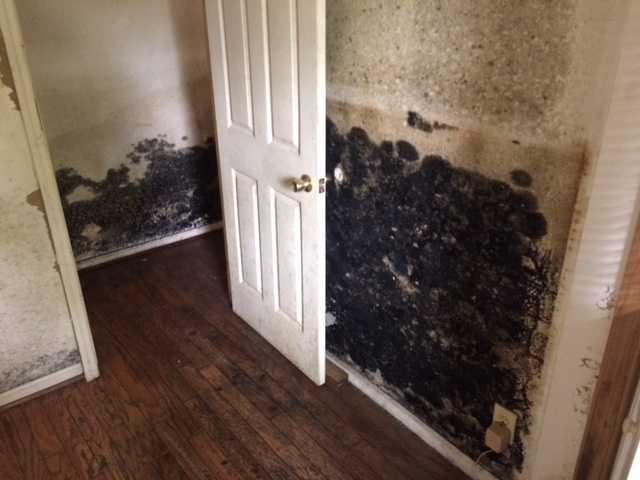
Aging Housing Stock. (Deferred Maintenance)
As the homes in the United States get older, the repair and maintenance needs for these homes are on the rise. Older homes are in need of much more care. Gutters clog, caulk dries out, foundations settle and cracks appear, soil erodes away from foundations, dehumidifiers break and don’t get replaced, sump pumps die, exhaust fans break. Homes that have been missing general upkeep have been labeled deferred maintenance abodes.
When gutters are filled with debris water cannot flow from the roof and away from the dwelling perimeter. Water can pour over lengths of horizontal gutters placing water close to the structures foundations and allowing moisture to enter subterranean spaces.
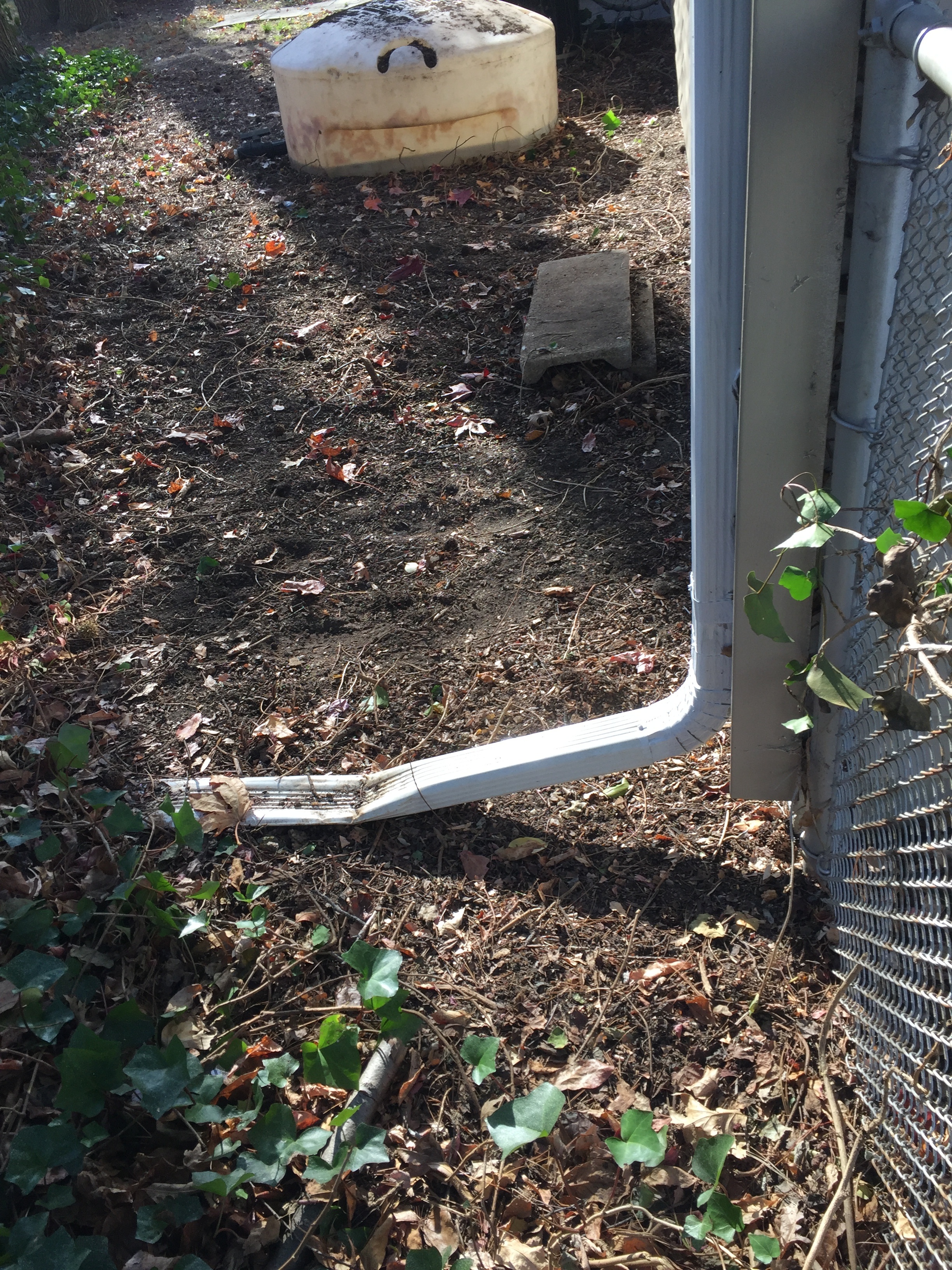
Caulk around windows dry out and holes appear. Rain events can allow water to enter through worn caulk and enter the building structure.
Over time, foundations can settle and cracks can form. Hydrostatic pressure is strong (ever get pushed down by a wave at the beach?). Water from rain events or melting snow can enter these cracks and crevices; again allowing moisture to enter the space.
All perimeter foundations should have what’s called in industry parlance as “positive drainage”. Meaning the exterior grade around a foundation should slope away from the foundation, thus diverting water from the foundation.
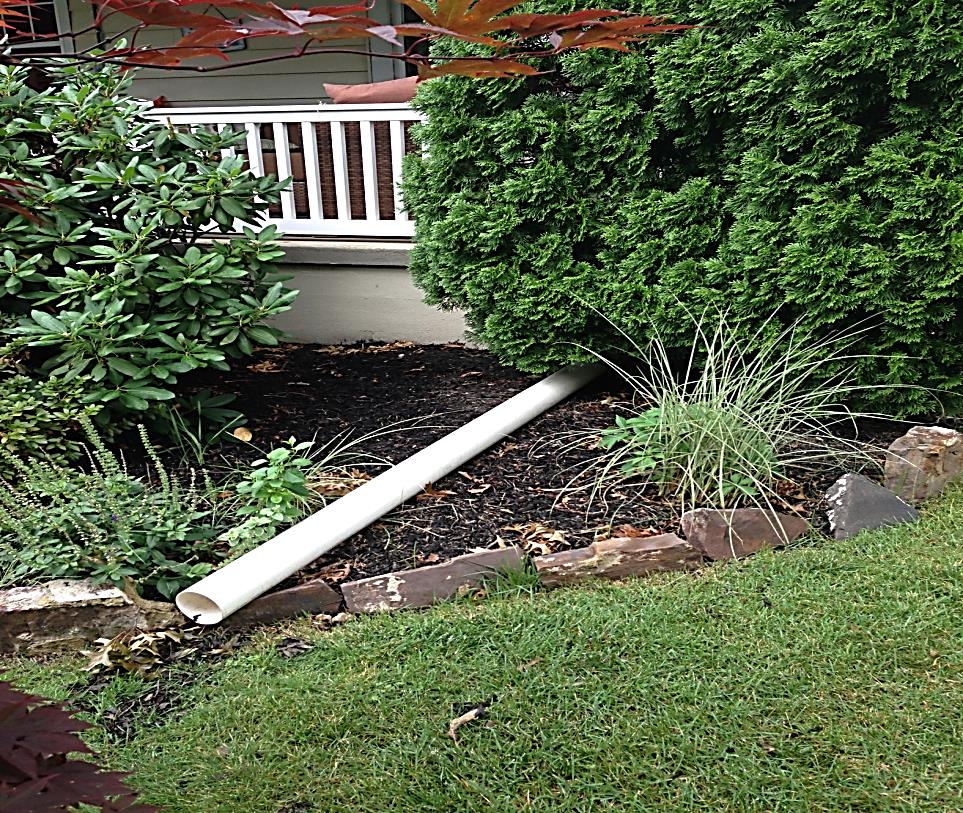
Dehumidifiers can be called the devil’s machine, how many times are you going to trek down the basement and empty the dehumidifier? Until you simple stop doing it (leaving a full tank) and just simple turning off the unit. Dehumidifiers don’t have to break, they just have to stop capturing moisture and discharging it. Eighty percent (80%) of residential single family units that have mold below grade (basements and crawlspaces) had a dehumidifier present, but it was not operating.
Set dehumidifiers to 55 and plug a hose into the unit and drain it directly to a sump or sink. You do not need the unit set to 60 or 65 like the one in the photo
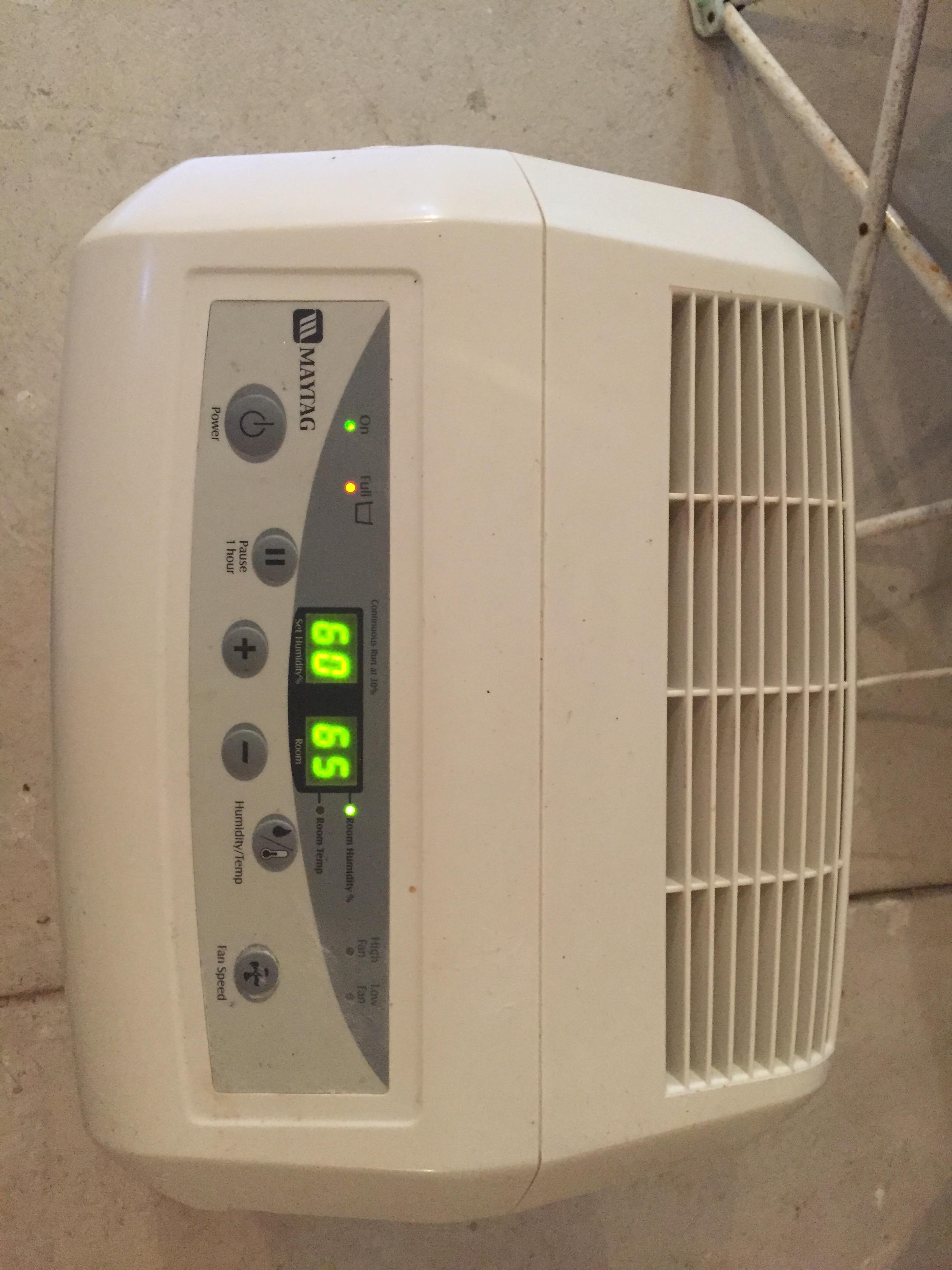
Sump pumps are the workhorse of a high water table and wet basements. They are your last line of defense to keeping storm events out of your home. These electric pumps will eventually clog and burn out and some simply die from years of unappreciated faithful service.
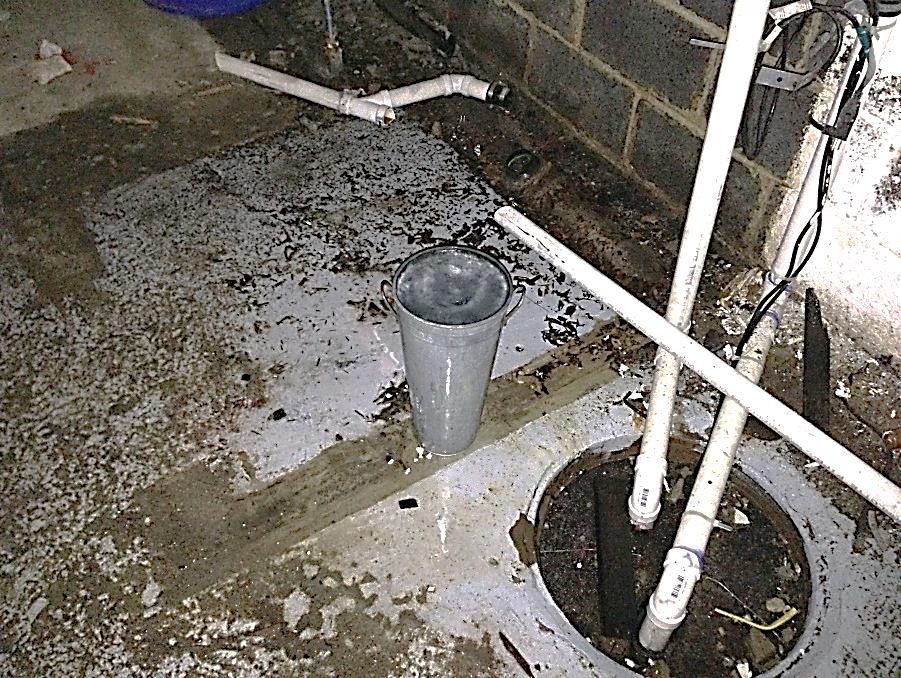
Sump sumps? Cover the crock, water evaporates and adds to over all moisture.
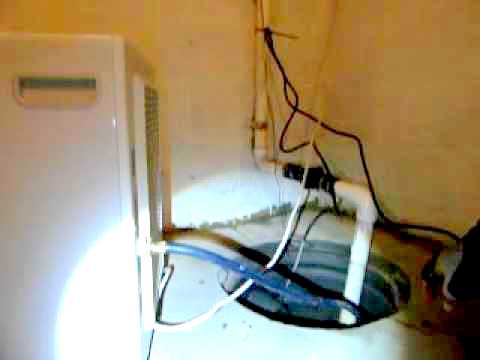
.Exhaust fans are loud and who wants to exhaust anything anyway from a bathroom? These fans just make you cold and in an attic, it just makes a lot of noise. But these locations when fans operate, help control environmental conditions that can hinder mold growth.
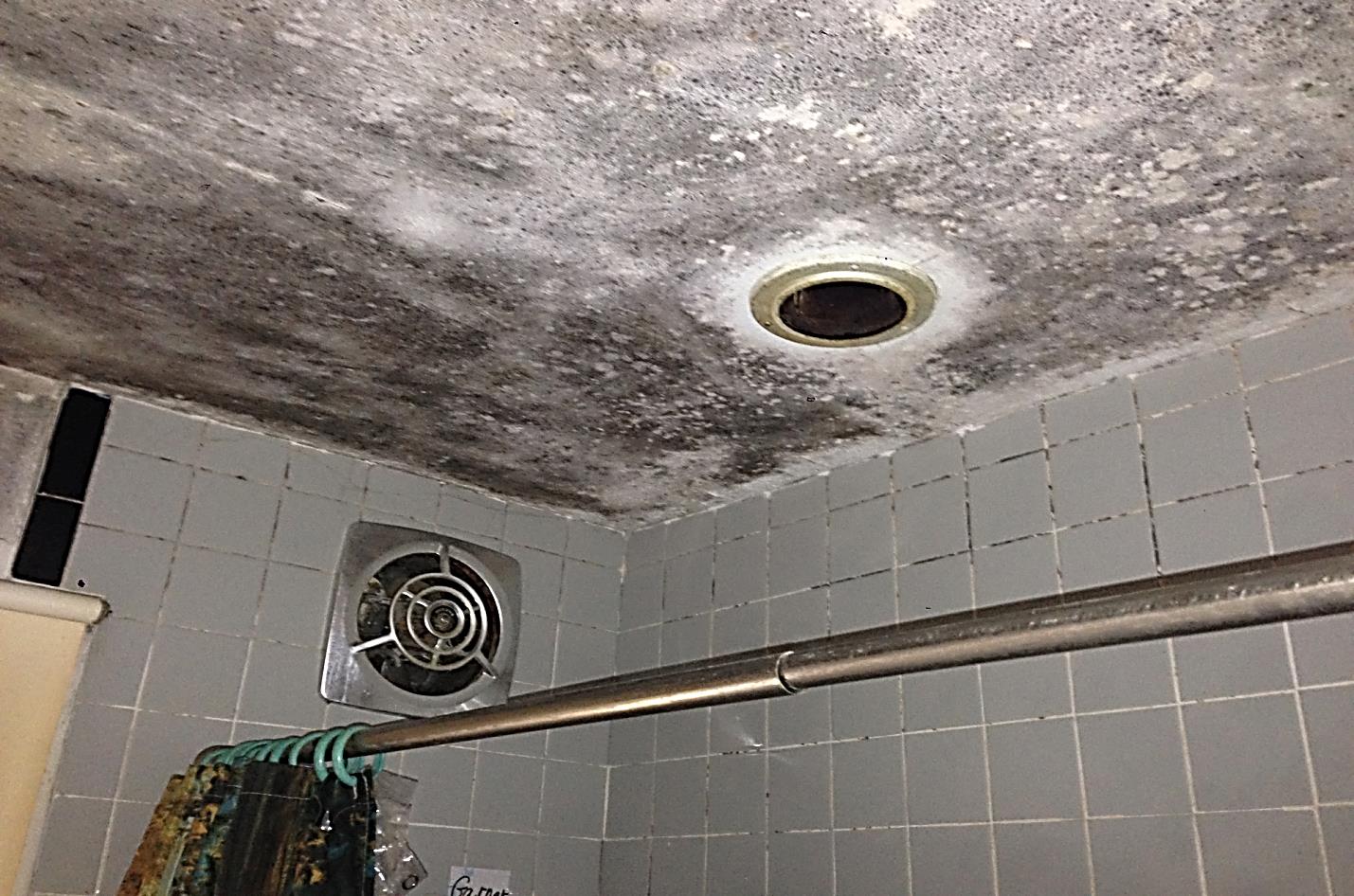
All these seemingly minute items can allow a conducive environment for mold to grow. Truth be told most mold impacted areas did not get moldy over night, most have had a slow steady mold buildup for years and the older the home the more time mold has to grow. The environmental disaster event, where a dwelling is flooded, roof leaks, plumbing line breaks, do happen but they are the minority on average. Attics, crawl spaces, basements by nature of their unconditioned environment are hot beds for mold growth.
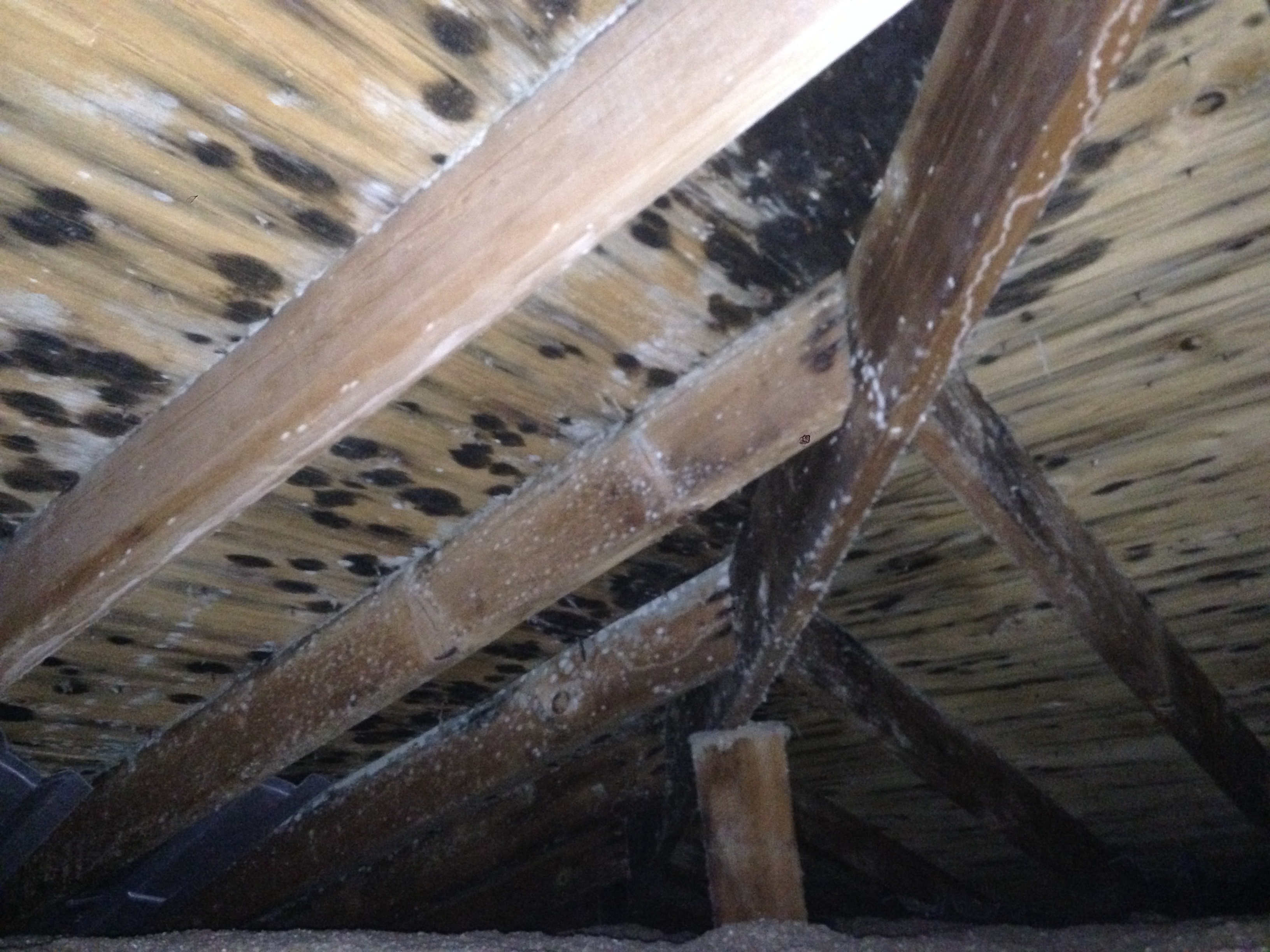
Aging Population.
As long time homeowners get older, they age out of skill sets required for homeowner maintenance. As general mobility decrease so does the ability to climb a ladder or walk downstairs. Some people just throw in the towel knowing that the fight they had with mother nature was lost and water will get in and it eventually dries out so why bother?
First Time Homeowners.
Much has been said about younger generations, and not always in the most flattering light. There are no courses you get about home maintenance when you sign a mortgage, more people buy books about rearing kids than about how to take care of a home. Television is no help, the home improvement shows don’t show you how-to-do mundane tasks, they show you backyard retreats you can build, bathroom and kitchen makeovers. All sexy cool stuff, that doesn’t help with home maintenance when it comes to mold.
New Home Construction.
You would think a new home would be a problem free home, well - not for mold. Today’s tighter building envelopes trap moisture indoors allowing mold to grow. New homes tend to have wetter, less dense wood than older homes, primary because the wood comes from new growth forests making the wood young or immature. In short, the wood hasn’t had decades to dry out. In addition, this newer wood often is not kiln dried, which means it did go through a process to fully remove all the moisture, why, because it’s more expensive.
Jun 21, 2017 9:35:00 AM / by Tiffany Byrne posted in Mold Testing
A Home Inspector finds a “Mold like Substance”,
What Should You Do Now?
Curren receives many calls where the home inspection report flags a fungal like growth, possible Mold like substance, black mold and evaluation by a licensed a qualified Mold company is recommended” sometimes the home inspector adds the following “Mold is due to high moisture levels” or “a Mold inspection is recommended due to a possible allergic reaction”. In the state of New Jersey Home Inspectors are not licensed to inspect for Mold, they can state “fungal like growth” “Mold like substance” and recommend further evaluation. This is where Curren Environmental offers their expertise on the Mold Inspections and Mold Remediation.
When a Home Inspector finds Mold and recommends a further evaluation what should the realtor and buyer/seller do? First, is suspect mold is found in an unfinished attic, basement or crawl space, understand these are the most common areas for growth as these spaces are unconditioned. By unconditioned I mean not heated or cooled by a HVAC system. Mold likes to grow at temperatures and moisture (humidity) levels humans do not. If you find yourself holding a home inspection you should contact an environmental company that has been in business for a long time (over 10-20 years) not one with PO Box # with an address and one that doesn’t just work with Mold and is not into restoration.
On the further evaluation on the “Mold like substance”. If the Home Inspector sends a detailed report to the buyer/seller with photos than that document can be emailed to the Mold Inspector. Better inspectors photo document and detail where, most home inspectors do not list the mold location in great detail. When photos are available, often times a qualified mold consultant can determine the complaint room and if Mold is present. Curren Environmental typically will visit the property in question, do a walking inspection, check for any ways of water entry and get measurements of complaint room to provide a scope of work involved and a detailed quote to remediate without testing (Again EPA does not recommend testing if Mold is visibly present). During this type of transaction the buyer usually is the one who has the home inspection and would like the Mold remediation. This Mold Remediation scope and quote is given to the seller who in turn either gets the remediation done or the price is worked into the cost of the house and the buyer gets the Mold remediation done after the purchase of the home.
It is safest to get the mold work done before you buy, in the event that additional mold is found, say behind a wall or above a sheetrock ceiling. After any mold remediation is performed, we provide a detailed checklist with how to remain moisture free (ex. Adding gutters, leading water away from the dwelling, closing cracks in the foundation. Etc)
In most cases Mold takes years to grow, especially in older homes. If a qualified Home Inspector provides a detailed report there typically is no need to test the Mold unless the seller wants to contest that what was found is actually mold. Again EPA does not recommend testing when obvious Mold growth is present. The only reason to test for Mold is if the buyer really wants to know what type of spore it is such as Cladosporium or Stachybotrys or one of the 100’s of thousands of spores.
Now, in the case that there is no visible sign of Mold but the home inspector feels as if there might be a moisture problem and a Mold Inspection should be performed than there should be Mold Testing. Mold inspections are a safe bet when you are dealing with a house that had undergone rehab, a flipper is involved or in general the house has been improved specifically for sale. From years of experience it is these homes where we find mold. Since the cosmetic work performed is meant to give the home inside curb appeal, people take short cuts, as we have found the following.
This is when Curren Environmental would perform a Thorough Mold Inspection. When no mold is visible present but there is reason to believe mold is present, inspections look for hidden mold, this is where testing (air) is mandatory as this form of testing is highly reliable in finding hidden mold.
As a realtor or a buyer be very careful in a situation like this. Mold can be hidden, and hidden well behind those freshly painted walls and newly painted trim. Above that painted ceiling as well.

Remember, most common areas of a residential property for Mold growth are in areas where moisture is high. Areas that are cold damp or have a high humidity - such as the attic, crawl space, basement, under the sink, next to the bathtub or in a closet. Other areas highly likely areas for Mold to grow are around the furnace (might be leaking or wet), near a sump pump or in an area that you haven’t been in a very long time (like that closet in the basement with all those empty Amazon boxes!).
If the Home Inspector requests a further evaluation by a qualified Mold company it’s in your best interest to do so. In New Jersey there are NO licensed Mold companies, (only 4 states have licensing) go with a referral or again one that has been in business for a many years and is an Environmental company.
Feb 26, 2015 8:53:00 AM / by David Sulock posted in mold remediation, mold cleanup, Mold Testing
A Mold Survey involves mold sampling for the presence or type of mold. Mold sampling is completed in two ways, mold surface sampling and mold air sampling. Mold surface sampling is completed on a surface that is suspected to contain a mold like substance, this type of sampling can be completed by performing acquiring a mold tape lift sample or a mold swab sample. Both methods involve acquiring a sample of the mold like substance and having the sample analyzed by a laboratory. Your results should determine the type and quantity of mold. The interpretation of sample results pertaining to mold concentration has to be evaluated objectively, when mold is found by the analysis as you are sampling an area that has a mold like substance, which can typically represent the suspected highest concentration (worst area), otherwise why would you sample that particular area. The other type of mold sampling is mold air sampling. Mold air sampling is accomplished by running air through a laboratory containing that captures microscopic airborne particle (fungi). The sample container is then analyzed by a laboratory for mold type and mold quantity. The analysis can be studied for both viable molds, meaning the sample is studied to see if the mold spores grow or by non-viable meaning, it what is the overall type and quantity of mold found. Mold non-viable air sampling is more common as it has been established that mold spores alive or dead can be an irritant.
Once you have the laboratory analysis completed, you now have to discuss the results and what they mean. Unlike soil and groundwater samples that all states have specific government established standards, with mold there are No Federal or State Agency established concentration standards (Maximum Exposure Limits- MEL) or threshold level values for airborne indoor mold or for surface sample analysis of mold. Therefore, if you suspect there is a mold problem and have air testing or surface sampling performed, there is no regulatory standard to compare your results against. Without government standards, there is no common industry standards standard. The reason that there are no standards is that setting exposure limits or MELs would be difficult for a variety of technical reasons, which include limitations in both mold surface sampling and mold air sampling techniques, individual variability in sensitivity to microbial exposure among the human population, occurrence of different types of biological and chemical pollutants in indoor environment and limited data on the exposure-response relationship in humans. In essence, it is difficult to say who will be affected by mold spores and at what concentrations it would take to affect different people.
Due to the lack of set government standards, the environmental consulting industry follows general principals when evaluating mold test results. On a basic level when evaluating mold air sampling data, the mold levels should be higher outside than inside. The idea behind this approach is that there are always more molds outside in the soil, mulch, plants, decomposition of organic matter, ect. outside. Aside from an indoor and outdoor comparative evaluation, you evaluate the test results for specific types of mold. This evaluation includes looking for common outdoor molds as well as molds that are more commonly found on moist building materials. Evaluation of these molds goes a step deeper by looking for so-called opportunistic molds (marker fungi), which are frequently found on long-term water damaged building materials. The presence of these molds can point to a long-term moisture issue. These opportunistic fungi include Aspergillus and Penicillium species, Acremonium spp., Sporobolomyces spp., Stachybotrys, chartarum, Memnoniella echinata, Tritirachium oryzae, Ulocladium botrytis, U. chartarum, Cladosporium spp., and Chaetomium spp. These are molds that are not typically recovered in the outside air, so when they are found outside, they are in generally low levels. Conversely when they are found indoors these molds typically point to an indoor water issue. The higher the indoor concentration of these fungi the more likely a long term water issue is present.
In summary mold testing and the interpretation of the analytical results involves the evaluation of individual types of mold you find and determining why they are present.
Finding the type of mold, while interesting it does not explain why it is present. Therefore, every mold survey and mold inspection should not just confirm the presence of mold but also why the mold present is, what created the environment for the mold to grow. The backend of mold testing and mold sampling project include an inspection for the physical presence of mold as well as for water damage.
More common mold questions and answerts can be found at: /Mold-Frequently-Asked-Questions
Curren Environmental, Inc. (Curren) is a professional environmental services company that provides turnkey solutions for a broad spectrum of environmental issues. With over 26 years of experience in tank removals, mold, subsurface evaluations (soil and water sampling), site investigations, and remedial activities you know you are dealing with a company that has a strong foundation of knowledge and experience to handle your environmental issue.